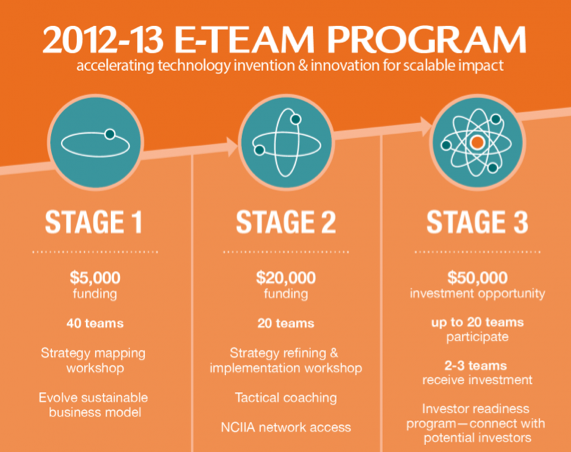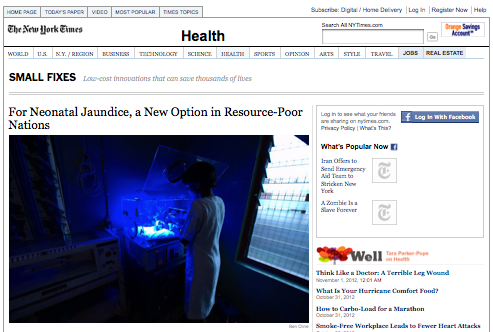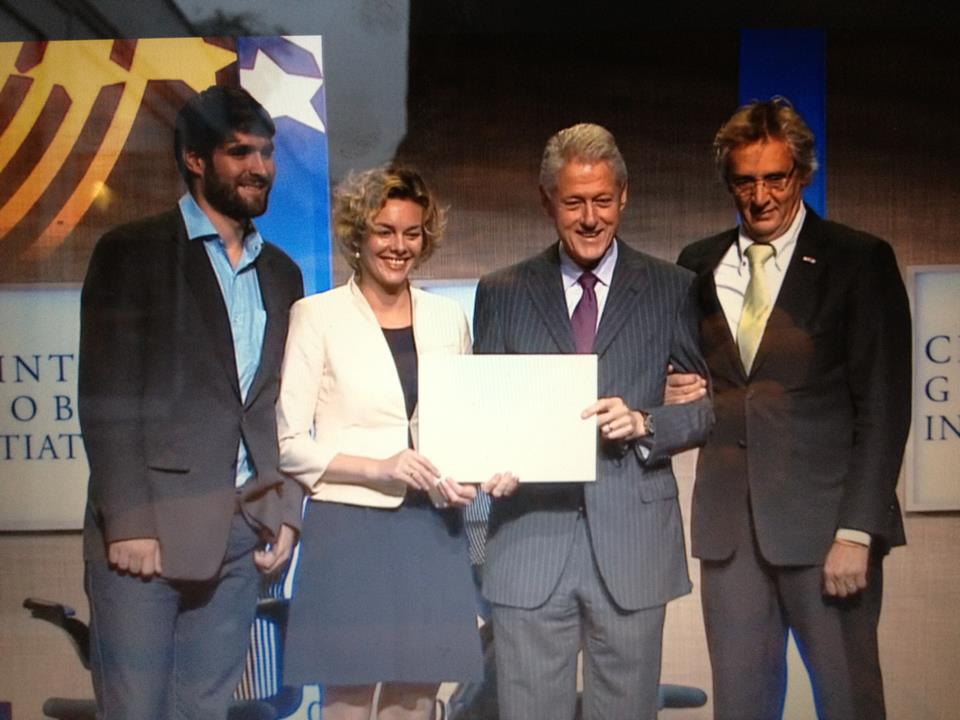Makers Earning $45K After High School, Our Future Innovators
Today show segment showcases exciting new program that’s ‘making makers’ within high school.
According to the segment, The unemployment rate for people under the age of 25 is 16.2%, double the national average. A new program in Massachusetts is designed to train students in advanced manufacturing, robotics and precision machining to satisfy the predicted 100,000 jobs that will be available in medical devices, biotechnology and other technology sectors. The program trains students in advanced techniques at vocational school, and students graduate with their high school diploma with 100% chance of getting a job in their field at rates at a starting salary of $45,000. As someone who believes in the value of a college education for the experience of broadening one’s viewpoint, adopting solid STEM expertise, dabbling in the humanities and more … the phenomenon does give me pause. Still, one can’t argue with the defying of unemployment odds. If they felt they needed it, $45K allows students to self-fund evening and weekend courses to earn the notch on their resume that contributes to upward mobility. Heck, they could potentially take Stanford and MIT Massively Open Online Courses (MOOCs) for free and amass a powerhouse of knowledge, allowing them to lead the U.S. rebirth of technology-driven manufacturing debt-free and on their terms.
If you’re a college track student, though, you can still gain these practical skills. We see a growing trend in Colleges and Universities offering Design Kitchens and Innovation Spaces complete with CNC machines, 3-D Printers and other prototyping, invention and innovation tools. NCIIA has funded a number of of these with its Course and Program Grants in which faculty get $50,000 to support University/College build-out of such programs, five page proposal deadline due next Friday, May 10th). We highlighted six such spaces at the Smithsonian during our OPEN 2013 national conference last month in Washington D.C.. If you’re a faculty member or student thinking about ‘setting up shop’ at a place the University community can openly access maker tools, check out the YouTube video below. You’ll hear six 3-minute talks faculty from U-Michigan, Georgia Tech, Rice, Stanford, Berkeley and the K-12 environment. Imagine a space, central on campus and accessible to students regardless of major or year. Imagine a space that allowed students to create Valentine’s Day presents and other personal items in order to encourage a culture of making, inventing and innovating. Imagine a space staffed entirely by students, developing strong student expertise and incorporating strict codes of safety. Now, imagine a nation of makers and entrepreneurial-minded young people, socially aware and passionate about tackling the world’s most pressing problems. College students don’t want to find themselves at a disadvantage to those who gained practical skills through vocational training. They’re dissatisfied with the pace of change within academia (Making, Entrepreneurship and Innovation seen as one in the same practical tool set College Students want) and many are leading the charge within their own institutions, like Jared Karp our Student Ambassador from Berkeley and one of the six speakers in the following video. While academia may be slow to change, students have more of a sense of urgency (with graduation comes repayment made impossible without a job). What’s more, they’re the customer! And that gives them a certain clout and ability to avoid institutional politics. Click and get ready to be inspired:
[youtube http://www.youtube.com/watch?v=hgTgP2vfSbw&w=560&h=315]
To inquire about bringing a Design Kitchen or Maker Space to you your campus, contact me at humera at nciia dot org.
~ Humera Fasihuddin, Manager of Student Programming, T: @ihumera








